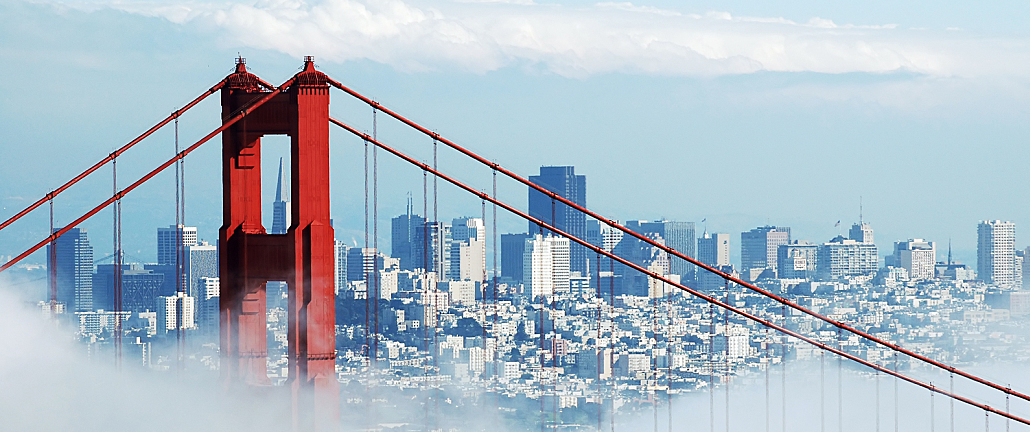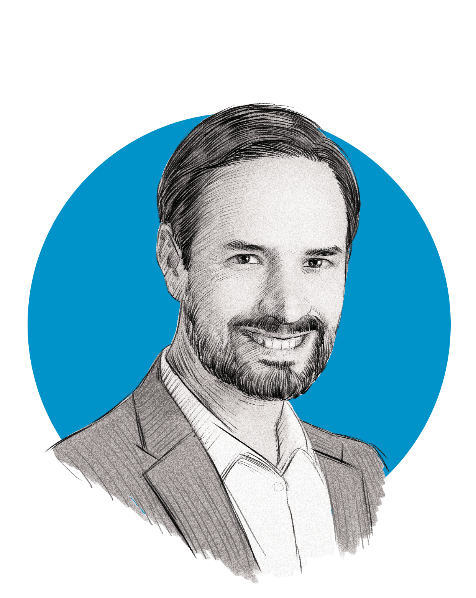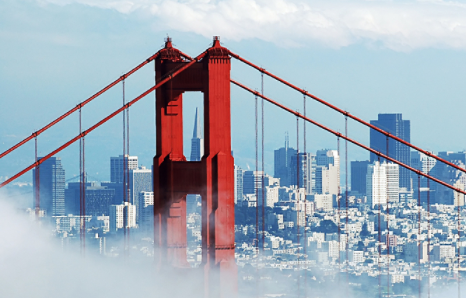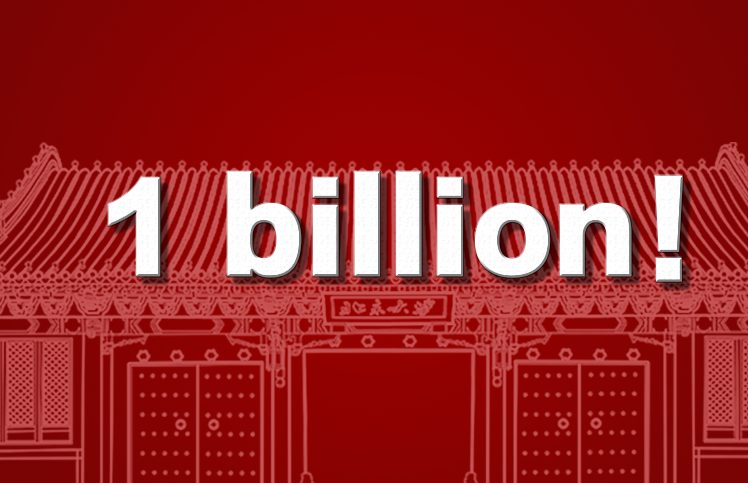The San Francisco Bay Area is famous for its natural beauty, convenient transportation, and innovative and entrepreneurial spirit. The CEO and President of California Forward, and former President of the Bay Area Council Economic Institute, Micah Weinberg, pointed out in an exclusive interview with PKU Financial Review that, if there are any experiences or lessons in the development of the San Francisco Bay Area, it is just not to try and force a particular division of labor, but let it emerge freely and organically. However, compared with Chinese urban agglomerations, the development of the San Francisco Bay Area is hindered by the lack of high-speed rail. Therefore, it is preferable to grow in a way that is respectful of communities so to the extent that one can have an escape valve on growth through an excellent transportation network.

Well, the United States is going through an interesting - and perhaps temporary - reversal of urban agglomeration in two ways. First, especially in California, there has been a pretty significant exodus from San Francisco both to the broader state and to other places in the country, albeit generally ones, like Austin, that have their own healthy tech economies. But it is not clear at this point whether that is a temporary thing due to COVID or if the relaxed restrictions around people working from home will remain in place and people will work from a broader set of places. I'm something of a skeptic since you can work from home if you are with the same company but it has been important to make in person connections that can lead to things like funding for a company or a new job. But that's not set in stone.
PKU Financial Review: How do you see the development of urban agglomeration in the future? In your imagination, what kind of changes will urban agglomeration have due to new technologies?
Weinberg: We have the technologies now that should theoretically allow for less agglomeration since people can stay in touch with each other and work seamlessly together from almost anywhere. And the COVID time has been a strong proof point for this. Perhaps as we develop more immersive VR technologies, in person socializing will become less important. It's difficult to say at this point.
What are your views and suggestions on the division of labor and cooperation among the three cities of Hong Kong, Shenzhen and Guangzhou in the Guangdong-Hong Kong-Macao Greater Bay Area? What experience can China learn from the development of the San Francisco Bay Area?
Well, the development of the San Francisco Bay Area was very very much unplanned and for the most part these industries all developed in lightly regulated spaces. So if there is any lesson, it is not to try and force a particular division of labor but let it emerge freely and organically. The more that people are able to self-organize and take advantage of strong anchor institutions like Stanford and Berkeley and our national labs, the more success they are likely to have. That isn't a model that is going to work for every country and ultimately every country needs to exploit its own comparative advantages, but that's what happened here.
PKU Financial Review: Now, for cities all over the world, digitalization is an important technological opportunity. For example, Shenzhen and Hangzhou in China, which were previously unknown, used the Internet and digital technology to become a symbol of China. Which cities in US do you think will be reshaped greatly during the trend of digitalization? Does digitization really increase the productivity of cities, or re-enhance the advantages of the original large cities?
Weinberg: There are only a few cities in the United States that have emerged as tech hubs over the course of the past three decades and although the trends mentioned above might change that, we don't know if there is truly a secular trend towards deagglomeration. Whether the original large cities remain vibrant economic markets has more to do with the extent to which they allow themselves to continue to grow and whether they are careful about the extent to which regulations and taxation influence people's interest in living there. For the most part, it is international cities that have benefitted from the unwillingness of places like San Francisco to grow rather than other cities in the United States.
PKU Financial Review: From Chicago’s George Floyd event, we can see that urban decline is inevitable. In some cities, urban population density is declining, and private sector is hopeless for revival, while public sector often has a large lag effect and cannot quickly respond to new changes. What ways do you effective to alleviate or cope with the decline of cities?
Weinberg: I wouldn't say that the George Floyd killing was a sign of urban decline. Decay of anything is inevitable in the broadest sense and the sort of economic downturn we are seeing now as a result of COVID always results in higher levels of crime and unrest. But our cities are still for the most part substantially safer and better run than they were in the 1970s to 1990s and the protests for racial justice hold the promise of strengthening them further through working to ensure that all ethnic groups have the ability to flourish in society. This type of inclusion is the hallmark of just and successful cities and societies.
PKU Financial Review: There will be a situation where city expands with no economic growth, and population increases with more people living in slums. Now the urbanization rate in China has reached more than 60%, and the housing prices in major cities are very high. We are worried that this kind of "no-growth urbanization" will appear in the future. China wants to use urban agglomeration to connect super-large cities and medium-sized cities through super high-speed rail. Do you think this method effective? Or do you have any advice for China?
Weinberg: China's rail network - which I have greatly enjoyed riding! - is a HUGE advantage that it has as it allows for a broader geography to feed the urban job centers easily in ways that are better for the environment and people's quality of life. The San Francisco Bay Area in particular is hamstrung by its lack of high speed rail and hence has even more challenges with no growth urbanization. That said, it is preferable to grow in a way that is respectful of communities so to the extent that you have an escape valve on growth through an excellent transportation network, you are in a better situation.
All that said, I want to emphasize the point above that successful tech economies are the result of the free flow of people and ideas and hence the most important step that China can take is to ensure that people are able to share ideas freely and live in a society that encourages entrepreneurialism both economically and socially.
 The CEO and President of California Forward, and former President of the Bay Area Council Economic Institute
The CEO and President of California Forward, and former President of the Bay Area Council Economic Institute
















